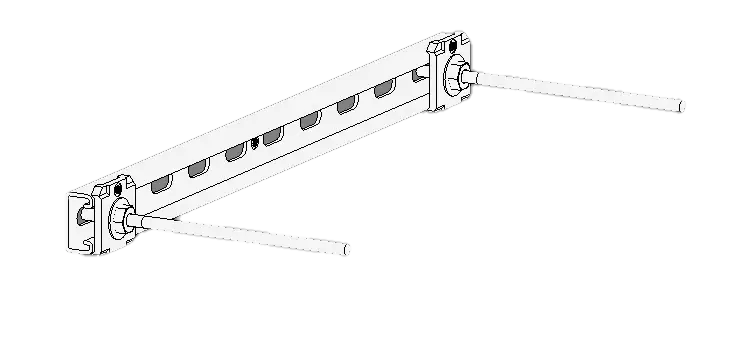Function
Revit Guides
Data Management
ELI5-S1 BIM Basics E17_BIM Functions
Understanding Functions: A Basic Guide
In both everyday life and specialised fields like mathematics, computer science, and even construction, the term “function” is widely used. But what exactly is a function, and how does it differ from “BIM Functions”? In this blog post, we’ll explore the concept of functions in general and then highlight the distinction between “Functions” and “BIM Functions.”
What Are Functions?
A function, in its simplest form, is a relationship or a process that takes an input and produces an output. Think of it like a machine: you put something in, the machine does its work, and then you get something out. Functions are everywhere around us, even in daily activities.
Example 1: A Basic Function in Life
Imagine you’re making a smoothie. You put in fruits, milk, and ice (inputs). You blend them together (the process), and you get a delicious smoothie (output). This process is a function.
Example 2: A Mathematical Function
In mathematics, a function might look like this: f(x) = x + 2. Here, if you input the number 3, the function adds 2 to it, giving you the output 5. So, f(3) = 5.
Functions in Different Contexts
Functions are a fundamental concept across many fields:
-
Mathematics: Functions describe how one quantity changes with another. For example, calculating the area of a circle based on its radius involves a function.
-
Computer Science: In programming, a function is a block of code designed to perform a particular task. It takes inputs (arguments), processes them, and returns an output.
-
Engineering: Functions describe the relationship between different parameters in systems, like how changing the voltage affects the current in a circuit.
BIM Functions vs. General Functions
While general functions are about relationships between inputs and outputs across various fields, BIM Functions are specifically related to Building Information Modeling (BIM).
BIM Functions are the tools or processes used within BIM to handle the information about a building throughout its lifecycle. Here’s a quick comparison:
-
General Functions:
- Broadly applicable across various fields (e.g., mathematics, programming).
- Can describe any process that converts inputs to outputs.
-
BIM Functions:
- Specific to the field of Building Information Modeling.
- Include processes like design, collaboration, simulation, documentation, construction management, and facility management.
Why Understanding the Difference Matters
Understanding the distinction between general functions and BIM Functions is crucial because it helps us apply the right tools and concepts in the correct context. For example, when managing a construction project, knowing how to use BIM Functions effectively can streamline processes and improve outcomes. On the other hand, understanding general functions is key in fields like mathematics or programming, where relationships between variables or data need to be precisely defined and manipulated.
Conclusion
Functions are a fundamental concept that appears in many different contexts, from the simple processes we carry out daily to complex mathematical equations and specialised fields like BIM. While BIM Functions are a specific type of function used within the context of Building Information Modeling, the broader concept of functions helps us understand and navigate the world more effectively.
By distinguishing between general functions and BIM Functions, we can better appreciate how these concepts are applied in various fields, enhancing our ability to learn and work more efficiently.
The functions shall not be confused with the job titles of the individuals, which can differ between organisations. The important factors are ownership, responsibility and authority. The functions and responsibilities should be outlined in the RACI[1] Matrix at an organisational level, not an individual level.
For project lifecycle-specific roles and responsibilities, please refer to individual Project Specific Assignment (PSA) & contracts aligned with the design responsibility matrix.
Within the ISO 19650 Framework, the ‘function’ replaces the PAS 1192 term ‘Role’. The new ISO 19650 terminology is aimed at all activities within the information management process which are to be undertaken by a single “information management function”.
The template for an information management function assignment matrix can be found in ISO 19650‑2:2018, Annex A. The appointing party can use the template to assign each activity (requirement) to themselves, to an appointed party or a third party.
Only once an activity has been assigned, the roles can be assigned by the relevant party.
[1] Roles and Responsibilities RACI Matrix shall be part of BEP.

Cutting Geometry with Nested Void Families in Revit
1. Generic Host in the Face-Based Family When you are


